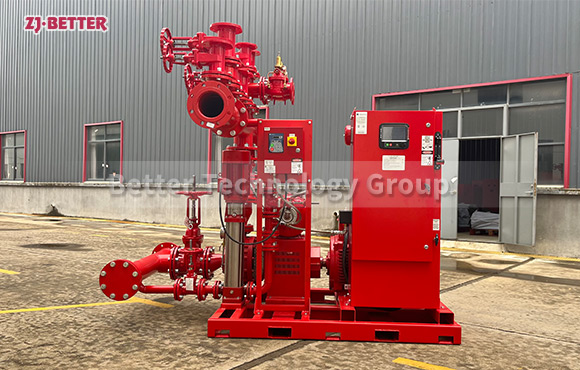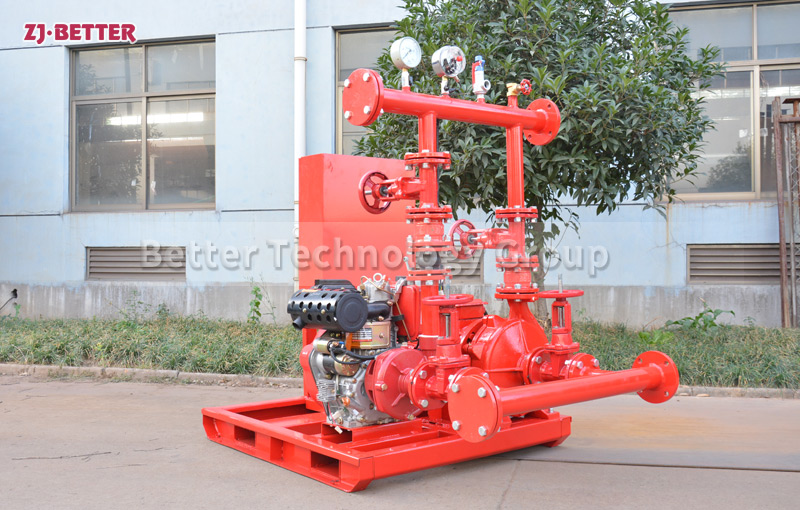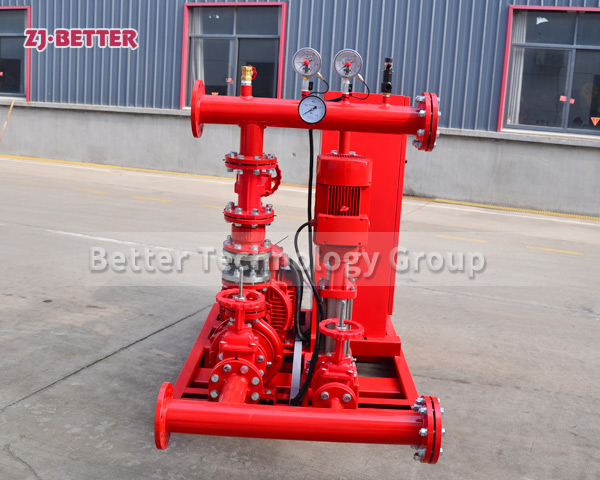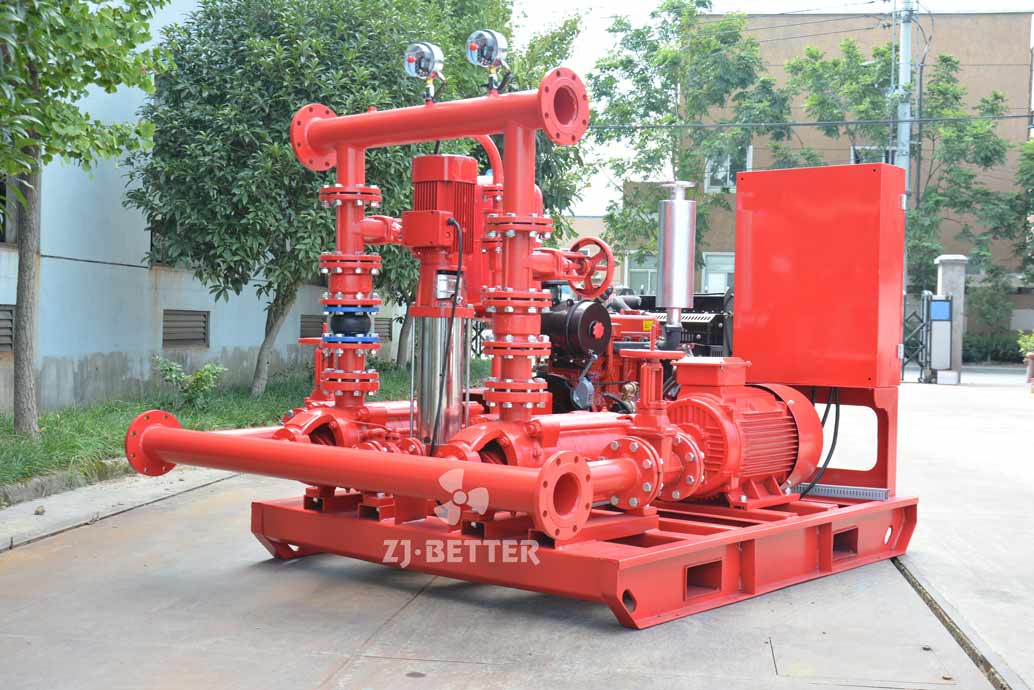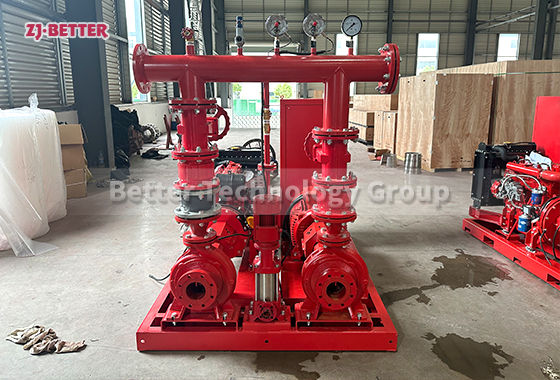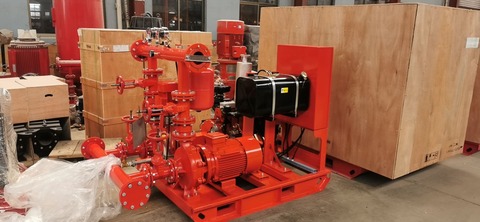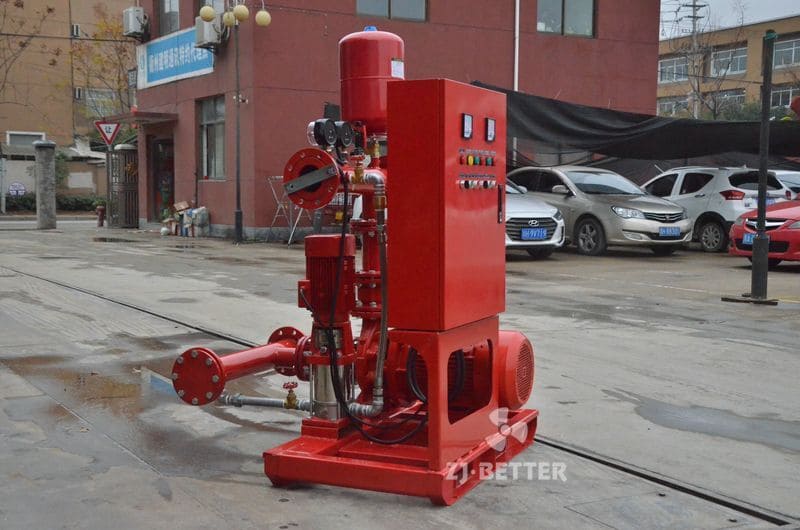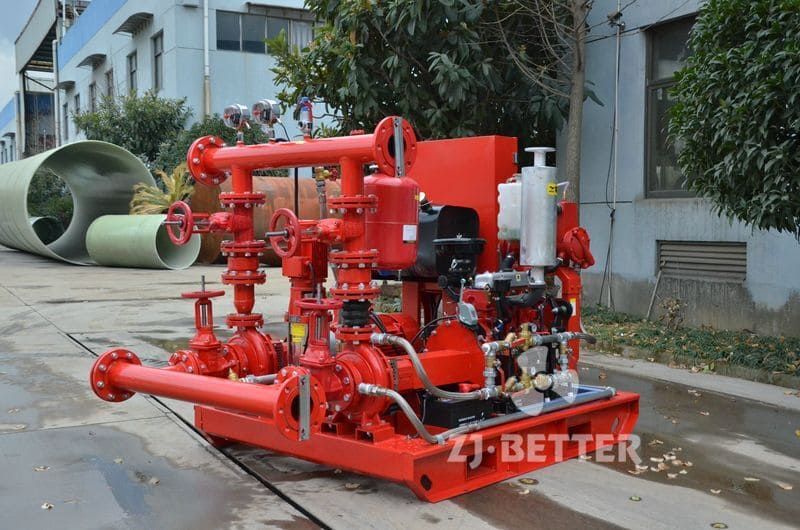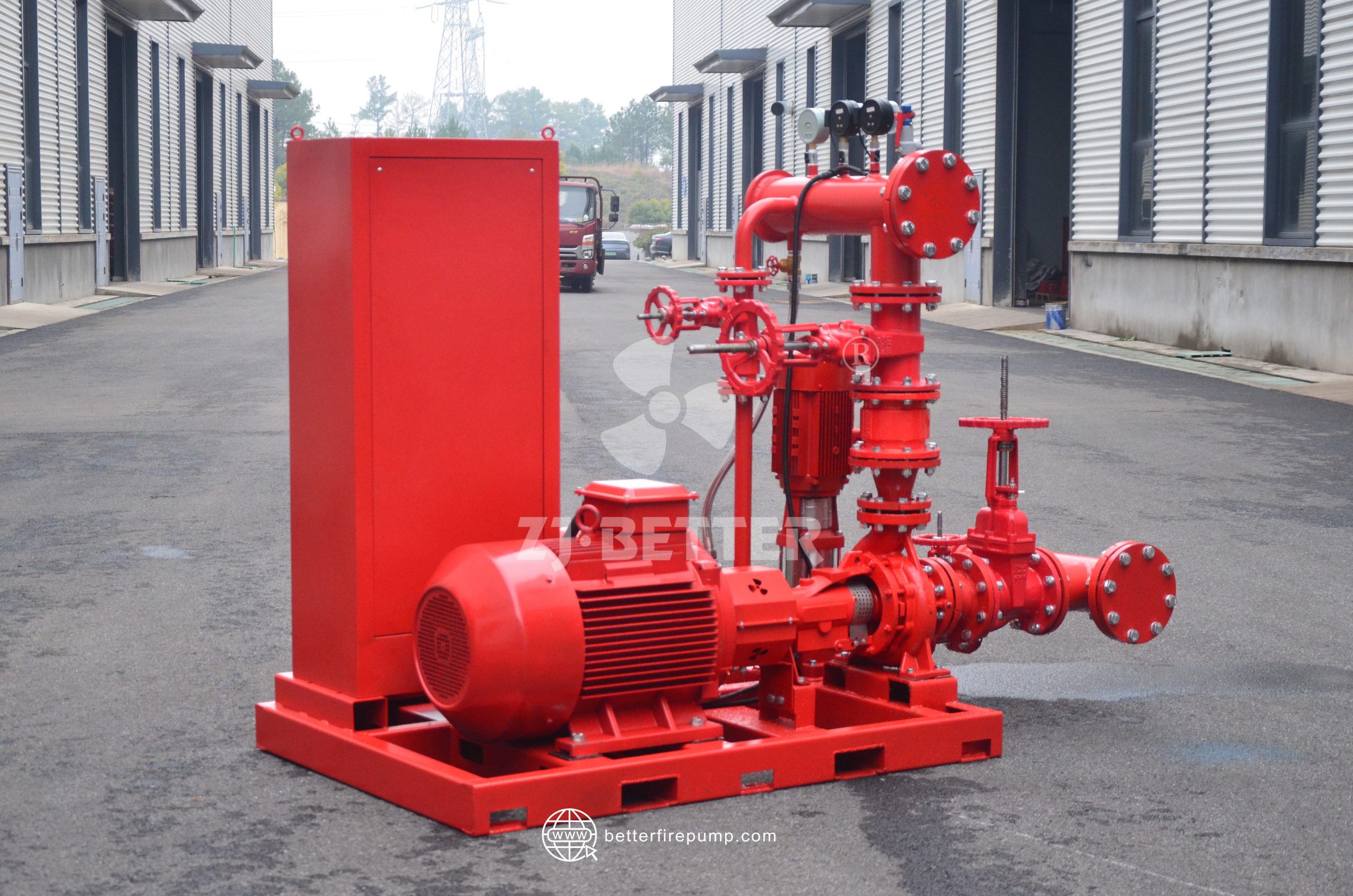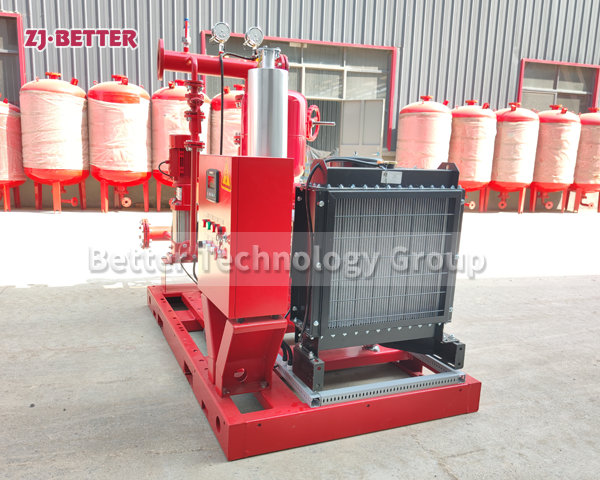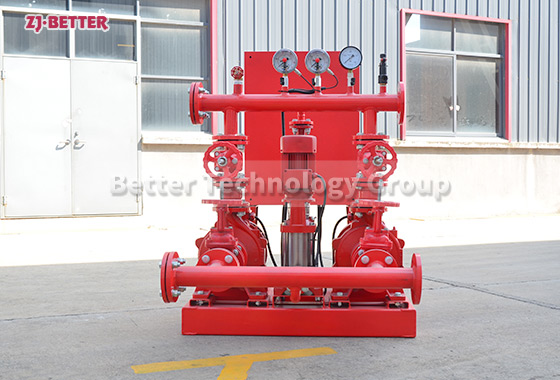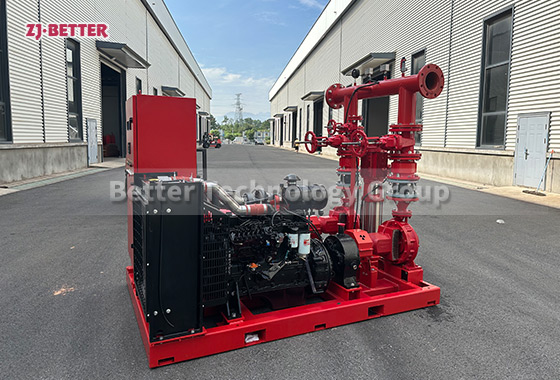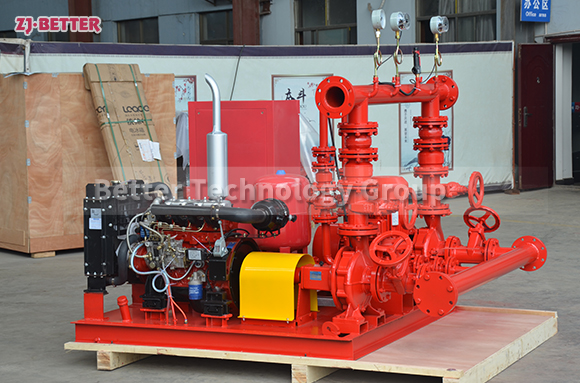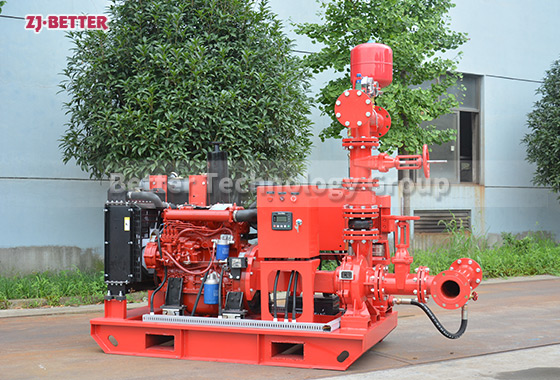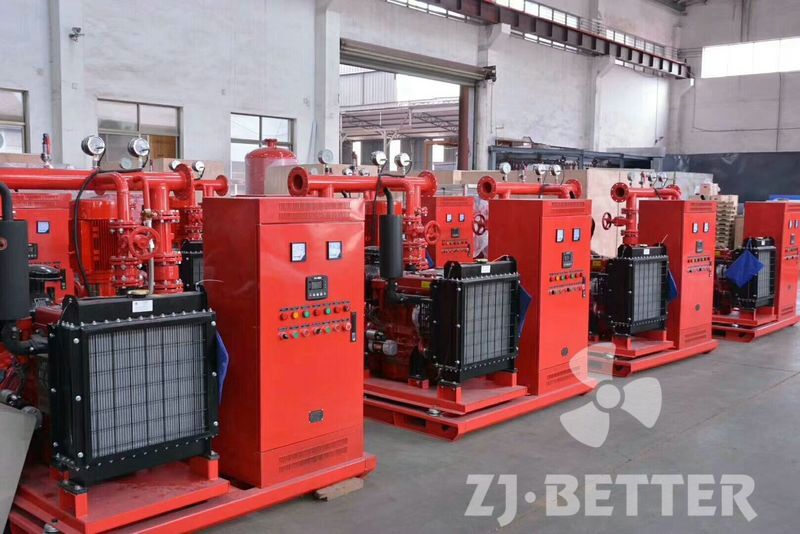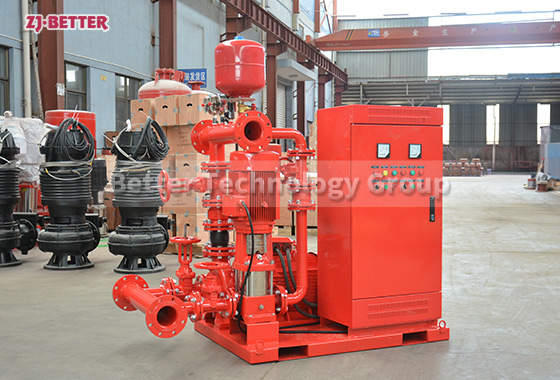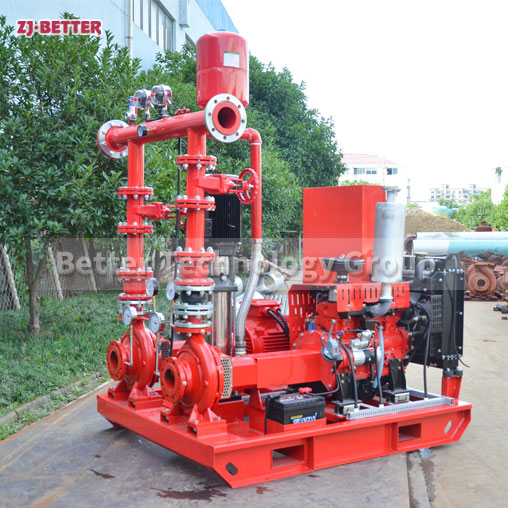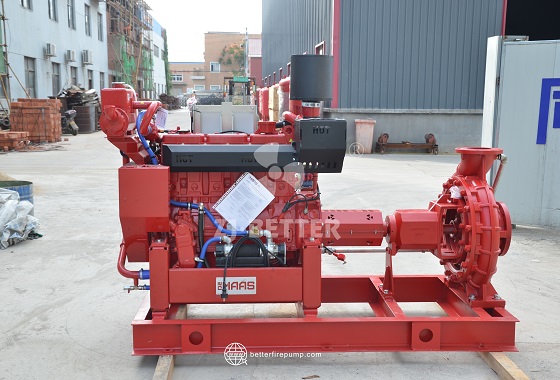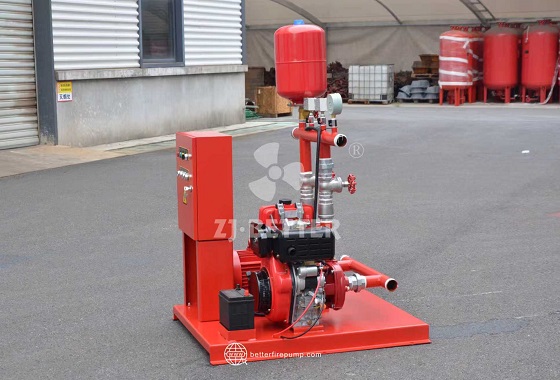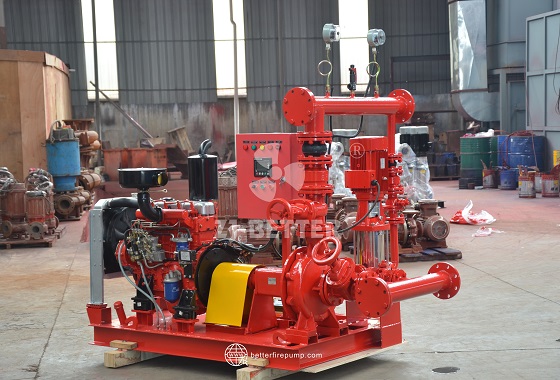How do fire pumps and jockey pumps contribute to the fire safety of high-rise buildings?
In high-rise buildings, fire pumps and jockey pumps are critical components of the fire protection system, ensuring that water is delivered to the upper floors with sufficient pressure. Due to the height of these buildings, gravity significantly reduces water pressure as it travels upwards, making it essential for fire pumps to boost pressure to maintain effective firefighting capabilities. Jockey pumps maintain system pressure in between fire pump activations, compensating for minor leaks and ensuring the system is always primed. The design of these pumps in high-rise buildings often includes considerations for redundancy, with multiple pumps and backup power supplies to ensure continuous operation even during power outages or pump failures. This redundancy is vital in high-rise buildings, where a delay or failure in water delivery could have catastrophic consequences.
In high-rise buildings, fire pumps and jockey pumps are critical components of the fire protection system, ensuring that water is delivered to the upper floors with sufficient pressure. Due to the height of these buildings, gravity significantly reduces water pressure as it travels upwards, making it essential for fire pumps to boost pressure to maintain effective firefighting capabilities. Jockey pumps maintain system pressure in between fire pump activations, compensating for minor leaks and ensuring the system is always primed. The design of these pumps in high-rise buildings often includes considerations for redundancy, with multiple pumps and backup power supplies to ensure continuous operation even during power outages or pump failures. This redundancy is vital in high-rise buildings, where a delay or failure in water delivery could have catastrophic consequences.

